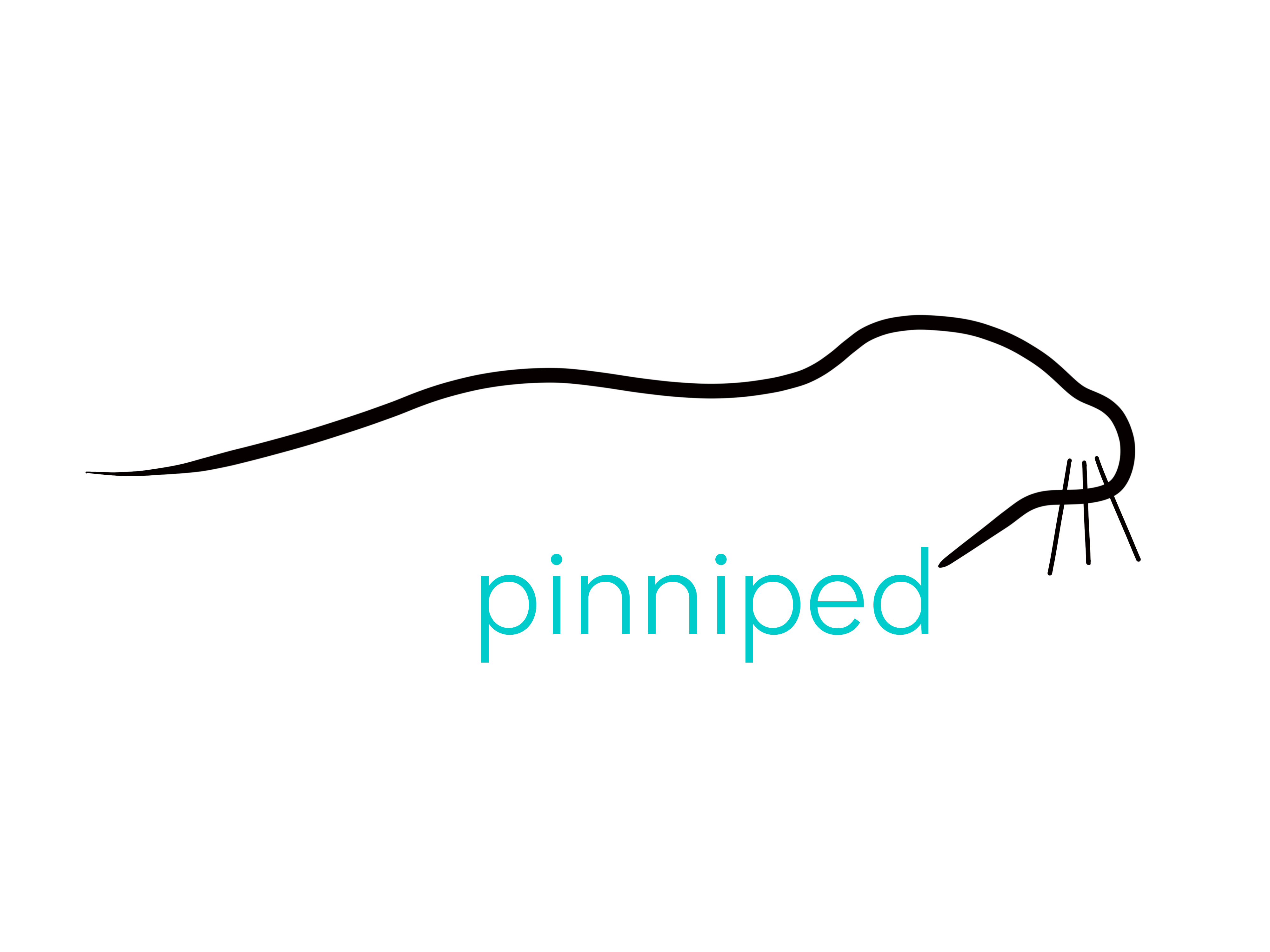Seals of the world, part 5: The Bearded Seal
It’s #SealSunday. Grab a cup of tea and a piece of cake, and sit down to read all about this week’s #pinniped species.. The Bearded Seal! The lovely picture for this blog was taken by Hanna Michel in Greenland. So thanks to her for sharing it with us!
The Bearded Seal (Erignathus barbatus) is an interesting looking animal.. rather like a distinguished gentleman, with its thick, pale whiskers that curl up characteristically at the end. Usually an Arctic species (found round the circumference of the Arctic, usually as low as Iceland and Scandinavia), people in County Cork, Ireland, were lucky enough to have a visit from one of these splendid mammals last summer! No one is sure why the animal had found its way so far south, but it is not the first time one has been spotted around the British Isles. It is theorised that the seal may have lost its way and become disorientated, or may have simply been a vagrant, looking for food or territory. It is not unusual for animals to stray from their traditional range, but it is always exciting to see something so rare for an area, unexpectedly in front of you!
Bearded Seals usually choose to forage on the seafloor where their large whiskers, or vibrissae, come into their own. Vibrissae give seals the ability to feel movement and vibration in water and air, and just like a dog or cat, these strands of hair are extremely sensitive and able to pick up even very small amounts of motion. This makes them very important for seals foraging in low light conditions, and none more so than the Bearded Seal. Their ‘beard’ is used to detect and locate crustaceans, bivalves, gastropods and worms that may be hiding in the benthic substrate at the bottom of the ocean. Once identified, E. barbatus can utilise a powerful suction motion in order to dislodge this prey, and suck it up into their mouth. Their whiskers are an invaluable part of their anatomy, and without them they wouldn’t be as effective foragers. This, and their strong jaws give rise to their scientific name, meaning heavy-jawed with ‘barbatus’ or whiskers. Alongside this feeding strategy, they will also opportunistically take small fish such as cod, and supplement their diet with a little bit of algae.
Another fascinating fact about the Bearded Seal, is the loud, other-worldly mating calls the males make underwater to advertise their availability as a potential suitor. This musical sound, which helps to obtain a territory, can be heard up to 12 miles away! Males will compete aggressively for access to multiple females and the rights to a territory. The females haul out to give birth to their offspring on the ice, and these pups are soft grey-brown, almost immediately capable of swimming and learning to dive. They will be nursed for around 2-3 weeks, while simultaneously learning the tools to be self-sufficient and fend for themselves, before being left as their mother returns to sea. The adult coat is anything from a pale, almost white or off-white colour, through to grey, or even brownish. Sometimes, there are patches or spots present, and usually the facial fur around the muzzle and sides of the head is paler than the rest of the body. This is the largest of the Arctic phocid seals, and as such is large and robust, with individuals reaching up to 2.5 metres long, and weighing as much as 425 kilograms. Unusually, E. barbatus females have 4 nipples as opposed to the usual 2 seen in most true seals.
Bearded seals are split into subspecies, the Atlantic and the Pacific. These groups are largely found in the respective oceans and the designation has been supported by genetic evidence. With their lifestyle and environment, the species is reliant on sea ice, as well as quality habitat in their native Arctic. As these attributes could be at threat with climate change, the IUCN recognises that ongoing monitoring of their situation is necessary, even though at present they are categorised as a Least Concern species. To find out more about E. barbatus, follow the link (www.pinniped.org/front-page/pinnipedia/bearded-seal) or head to the Pinnipedia to read on.
Previous articleSeals of the world, part 4: The Southern Elephant SealNext article Seals of the world, part 6: The Crabeater Seal

